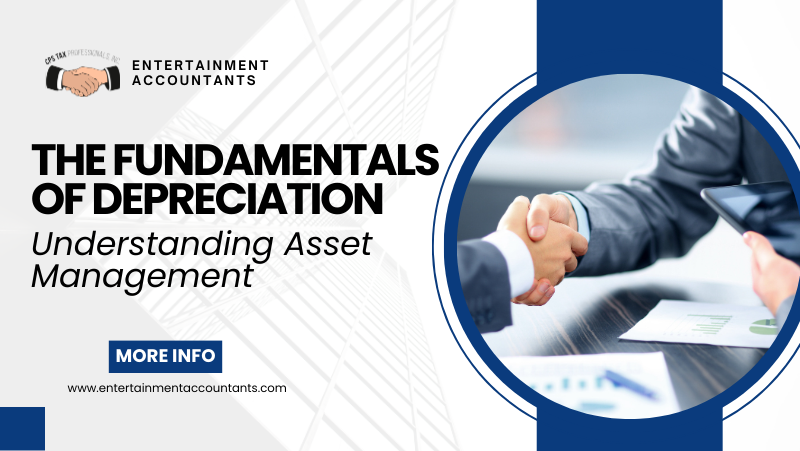When it comes to managing a business’s finances, one concept stands out as both essential and often misunderstood: depreciation. Understanding depreciation is crucial for effective asset management, financial planning, and tax reporting. Let’s break down what depreciation is, why it matters, and how it impacts your business.
What is Depreciation?
Depreciation is the process of allocating the cost of a tangible asset over its useful life. Essentially, it’s a way of spreading out the expense of an asset over the years it will be in use, rather than recording the full cost in the year it was purchased. This practice aligns with the matching principle in accounting, which states that expenses should be matched with the revenues they help generate.
Why is Depreciation Important?
1. Accurate Financial Reporting
Depreciation ensures that the value of assets is accurately represented on the balance sheet. Without depreciation, a company’s financial statements would show inflated asset values, potentially misleading stakeholders about the business’s true financial health.
2. Expense Matching
By spreading the cost of an asset over its useful life, businesses can better match expenses with the revenue generated by the asset. This provides a clearer picture of profitability and operational efficiency.
3. Tax Benefits
Depreciation can reduce taxable income. Businesses can deduct a portion of the asset’s cost each year, lowering the amount of income subject to tax. This can provide significant tax savings over time.
How is Depreciation Calculated?
There are several methods to calculate depreciation, each with its own set of rules and applications. Here are the most common methods:
1. Straight-Line Depreciation
This is the simplest and most widely used method. The asset’s cost is spread evenly over its useful life. Depreciation Expense = (Cost of Asset − Residual Value) / Useful Life
2. Declining Balance Method
This method accelerates depreciation, with larger expenses in the early years of the asset’s life. It’s useful for assets that lose value quickly. Depreciation Expense = Book Value at Beginning of Year×Depreciation Rate
3. Units of Production Method
Depreciation is based on the asset’s usage, activity, or units produced. This method aligns the expense with the asset’s productivity. Depreciation Expense=((Cost of Asset−Residual Value)×Units Produced) / Total Estimated Units
Practical Example
Let’s say your company purchases a piece of machinery for $50,000 with an expected useful life of 10 years and a residual value of $5,000.
Using Straight-Line Depreciation:
Annual Depreciation Expense = (50,000−5,000)/10=4,500
Each year, you would record a $4,500 depreciation expense until the asset is fully depreciated.
Conclusion
Depreciation is a fundamental aspect of asset management, helping businesses maintain accurate financial records, match expenses with revenues, and benefit from tax deductions. By understanding the different methods of depreciation and their applications, you can make more informed decisions about your company’s assets and their impact on your financial statements.

